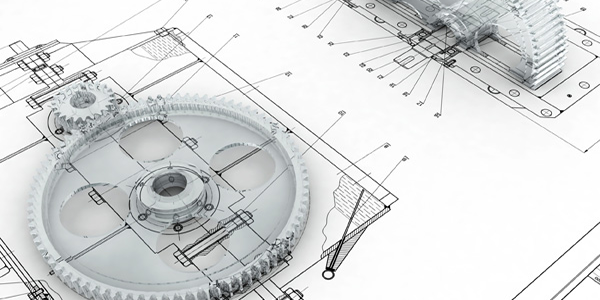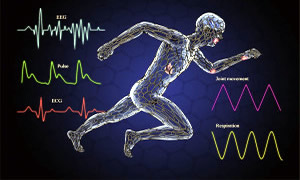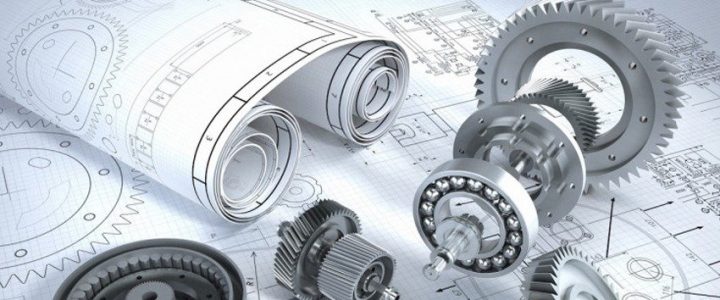Schedule 1 Semester – Engineering Sciences
| 1st YEAR | |||||
| MONDAY | TUESDAY | WEDNESDAY | THURSDAY | FRIDAY | |
| 8.30-9.15 | |||||
| 9.30-10.15 | FCH | FCH | MAI | FCH | |
| 10.30-11.15 | FCH | FCH | MAI | FCH | |
| 11.30-12.15 | MAI | MAI | EE | ||
| 12.30-13.15 | MAI | MAI | EE | ||
| 14.00-14.45 | EE | ENGL | MAI | ||
| 15.00-15.45 | EE | ENGL | MAI | ||
| 16.00-16.45 | |||||
| 17.00-17.45 | |||||
| MAI | Math. Anal. I | Aula B3 | |||
| FCH | Fund. Chem. | Aula B3 | |||
| EE | Eng. Econom. | Aula B3 | |||
| ENGL | English | Aula B3 | |||
| 2nd YEAR | |||||
| MONDAY | TUESDAY | WEDNESDAY | THURSDAY | FRIDAY | |
| 8.30-9.15 | |||||
| 9.30-10.15 | PHYII | MAII | ENA | ||
| 10.30-11.15 | PHYII | MAII | ENA | ||
| 11.30-12.15 | ENA | PHYII | PHYII | ||
| 12.30-13.15 | ENA | PHYII | PHYII | ||
| 14.00-14.45 | MAII | ENA | |||
| 15.00-15.45 | MAII | ENA | |||
| 16.00-16.45 | MAII | ||||
| 17.00-17.45 | MAII | ||||
| MAII | Math. Anal. II | Aula 8 | |||
| ENA | El. Net. An. | Aula 8 | |||
| PHYII | Physics II | Aula 8 | |||
| 3rd YEAR | |||||
| MONDAY | TUESDAY | WEDNESDAY | THURSDAY | FRIDAY | |
| 8.30-9.15 | |||||
| 9.30-10.15 | FM | KDM | |||
| 10.30-11.15 | FM | KDM | |||
| 11.30-12.15 | KDM | EF/HPE | DE | ||
| 12.30-13.15 | KDM | EF/HPE | DE | ||
| 14.00-14.45 | EF | KDM | DE | FM/HPE | |
| 15.00-15.45 | EF | KDM | DE | FM/HPE | |
| 16.00-16.45 | DE | ||||
| 17.00-17.45 | DE | ||||
| DE | Digital El. | Aula 9 | |||
| KDM | Kin. Dyn. Mech. | Aula 9 | |||
| FM | Fluid Machin. | Aula 9 | |||
| EF | Electom. Fields | Aula 9 | |||
| HPE | High Perf. El. | Gio Aula 10; Ven Aula 11 | |||

 UNIVERSITA' DEGLI STUDI ROMA "TOR VERGATA"
UNIVERSITA' DEGLI STUDI ROMA "TOR VERGATA"


